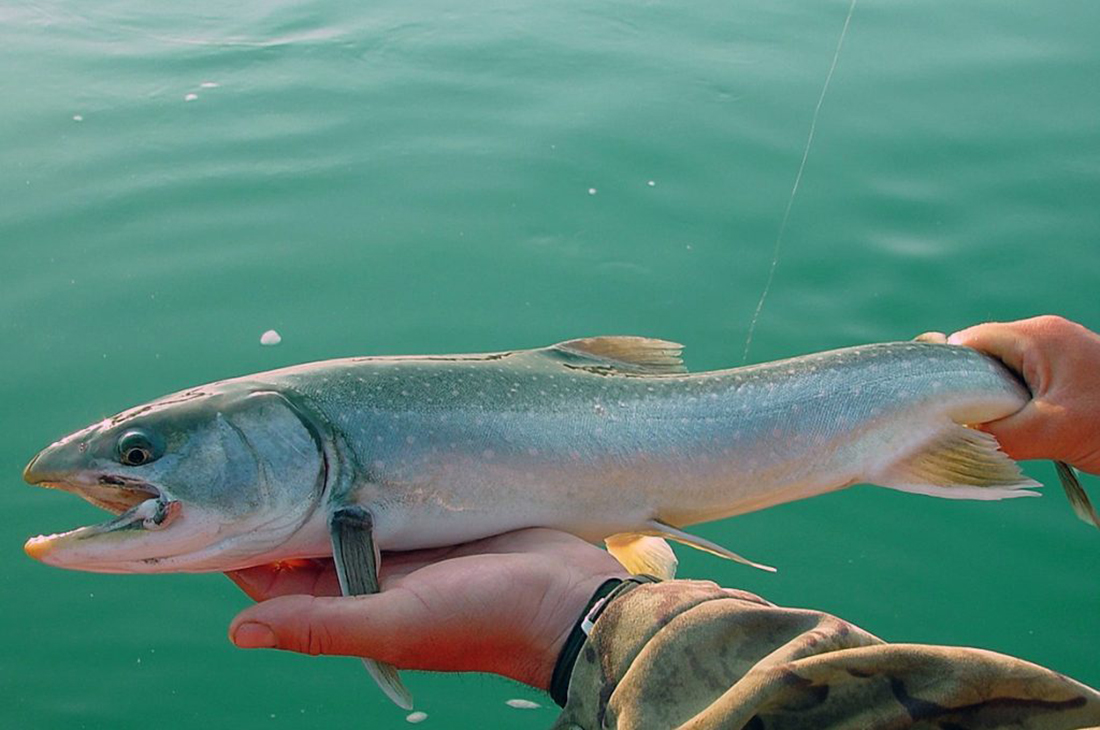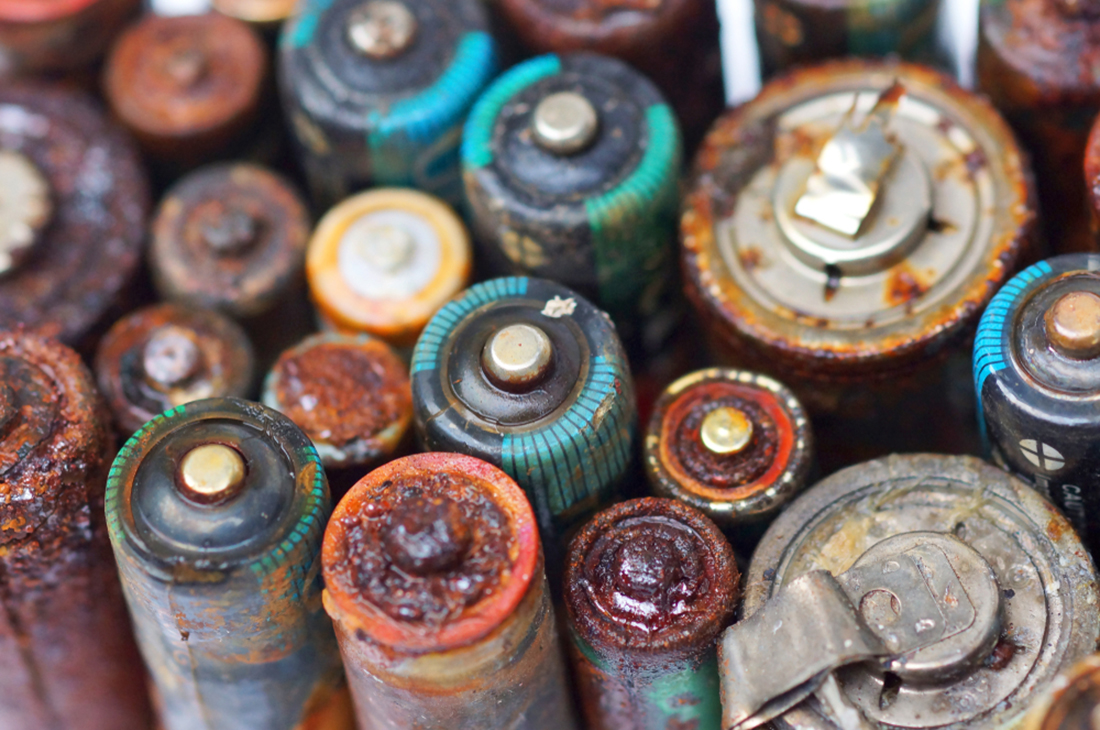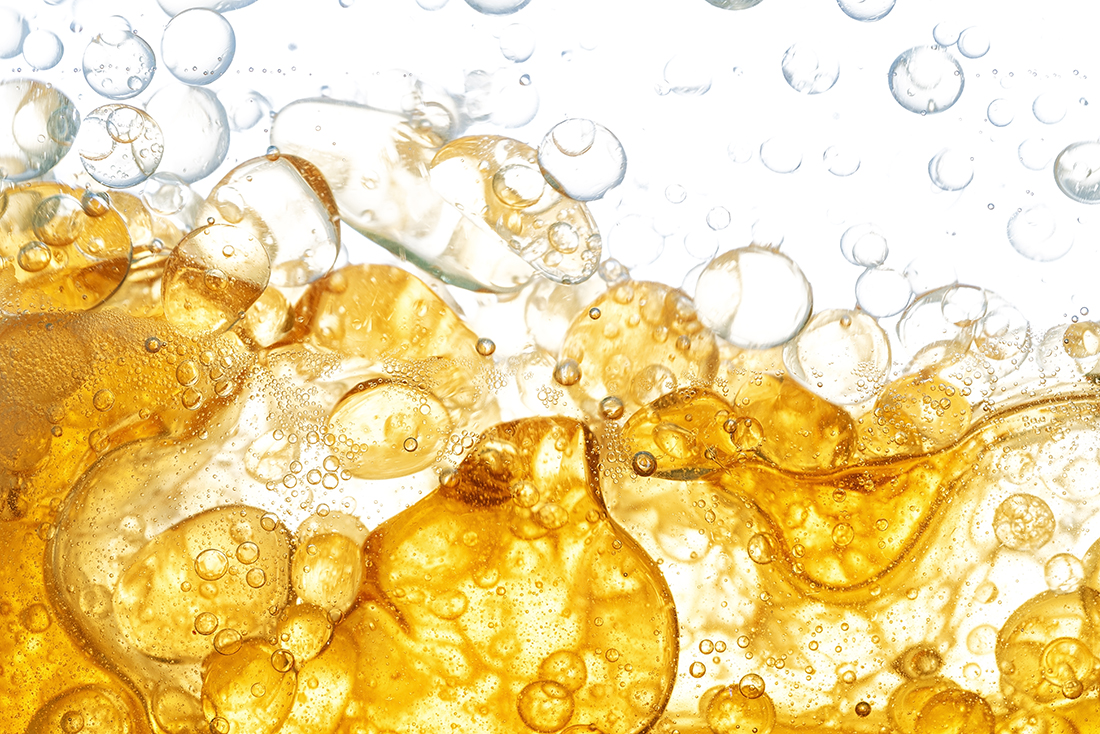
Pollution
When purifying wastewater, it is important to know what pollutants are present in the water and which of them are critical to remove.
Below are presented some different groups of commonly occurring and often discussed pollutants in industrial water – where they are often found and what effect AxoPur® has on them.
Keep in mind that the presentation only describes how effective AxoPur is, and of course we can provide a solution where additional purification steps can be included if necessary to achieve the desired result.
Microorganisms
The removal of microorganisms is often of interest in relation to activities that deal with organic substances in their water flows. Persistent odor problems are often linked to microbial activity, for example in the handling of recycled paper. In fish farming, reducing microbial activity can also be important. The AxoPur technology removes microorganisms from water. The purification is highly effective, but it does not achieve sterilization.
Typical reductions in different industries are reported below:
- Process industry: 90+ %
- Food industry: 90+ %

Suspended substances
Suspended substances consist of large and small particles that are not dissolved in water but are only suspended. If they become small enough, they are usually referred to as colloidal particles. Suspended substances are found in most waters that are subject to water treatment. The AxoPur technology effectively removes both visible and colloidal particles.
Typical reductions in different industries are reported below:
- Process industry: 90+ %
- Manufacturing industry: 90+%
- Food industry: 90+ %
- Diffusely polluted water: 90+%
- Municipal water: 90+%

Nutrients
The group of nutrients usually refers to phosphorus and nitrogen – substances that, if they end up in the recipient, will contribute to eutrophication. At the same time, both substances are desirable for use as fertilizers in agriculture – provided they do not come together with other unwanted substances. Nutrients are typically found in municipal water and water from the food and forestry industries. Phosphorus is usually present in the form of phosphate and is very effectively removed with AxoPur. Nitrogen is present in a wide range of forms – bound to organic structures, such as proteins and amino acids, in the form of urea, or as ammonium, nitrite, or nitrate ions, to name a few examples. AxoPur usually removes some nitrogen from a water flow, but the effectiveness of the purification depends on the form in which the nitrogen is present. Protein is effectively purified, while nitrate is not at all.
Typical reductions in different industries are reported below:
- Process industry: 90% (for phosphorus) – 20% (for nitrogen)
- Food industry: 90% (for phosphorus) – 50% (for nitrogen)
- Diffusely polluted water: 90% (for phosphorus) – 20% (for nitrogen)
- Municipal water: 90% (for phosphorus) – 20% (for nitrogen)

Water containing hazardous waste and toxic substances
In various contexts, water contaminated with toxic substances of various kinds may occur. The origin and nature of these waters can vary from historical releases of poisons that we would never consider using today, to those that arise as a consequence of controlled industrial processes.
The pollutants can consist of a wide range of different substances, such as heavy metals, toxic organic molecules, microbes that can spread various types of infections, microplastics, salts, phosphorus, and much more. The consequences can be serious for both humans and animals, as well as nature, in the form of poisonings and the risk of long-term effects such as various types of cancer, deformities, and more.
For smaller industries, it has so far often been economically impossible to directly treat this type of generated pollution at the source, and contaminated water has had to be sent to a treatment facility. Here, Axolot opens up for cost-effective water treatment directly at the source where the contamination occurs.
Other common situations are where surface or groundwater is contaminated by historical pollutants that have simply been buried or deposited in the ground due to a lack of knowledge or control. In Sweden alone, there are thousands of such locations where either remediation has been initiated or should be initiated. A common method is to simply dig up the soil and wash it clean of pollutants, which generates large volumes of contaminated water that must be treated.
Increasing attention is being paid to PFAS compounds that we are beginning to understand are present in higher quantities in nature and in our waters. Another example that is receiving a lot of attention is microplastics, which can now be found even in the most remote parts of our planet.
Typical reductions in different industries are reported below:
- Process industry: 50%
- Manufacturing industry: 50%
- Food industry: 70%
- Diffusely polluted water: 50%
- Municipal water: 50%

Transition metal ions
Transition metal ions, commonly referred to as “heavy metals”, consist of strongly toxic substances such as cadmium, lead, arsenic and mercury, but also more benign substances such as zinc, iron and copper. Since transition metals are chemical elements, they cannot be broken down easily once they end up in a recipient, and will persist there forever. Therefore, it is extremely important to minimize or completely eliminate the emissions of transition metal ions. Normally, transition metal ions are found in wastewater streams from mines, metalworking industries including foundries and surface treatment plants – but also in various wastewater streams from pulp production or in stormwater at any industrial site. AxoPur removes transition metal ions with very high efficiency.
Typical reductions in different industries are reported below:
- Process industry: 90+ %
- Manufacturing industry: 90+%
- Diffusely polluted water: 90+%

Oil/Fat
Large amounts of oil or fat in a wastewater flow will separate as soon as the flow slows down. After such separation, the oil/fat can be separated in an oil separator. This is done as standard in many operations. However, even after the oil separator, oil/fat remains in the water phase in the form of emulsified oil/fat droplets. These are difficult to remove with conventional water treatment methods, and their existence in the water poses a major problem in relation to membrane-based treatment methods.
Oil is often found in water from metalworking industries, surface treatment, painting, color production, but also in water from professional car washes. Fat occurs in relation to much food production, e.g., in fish farming, (fish) slaughter, or vegetable oil production and/or handling. AxoPur effectively removes emulsified oil/fat from the water.
Typical reductions in different industries are reported below:
- Process industry: 90+ %
- Manufacturing industry: 90+%
- Food industry: 90+ %
- Diffusely polluted water: 90+%

Salt
Salt, composed of alkali metal ions such as sodium chloride, is present in many water streams, especially in seawater. Sometimes the presence of salt can be problematic, for example, it can cause corrosion, while in other cases, its presence is desirable, such as in land-based salmon farming. AxoPur does not affect the amount of salt in water and therefore cannot be used as a way to desalinate seawater. However, AxoPur can be used to purify saltwater without removing the salt. This can be interesting, for example, in the recovery of ashes or in land-based salmon farming.
Typical reductions in different industries are reported below:
- All applications: 0 %

PFAS
PFAS stands for per- and polyfluorinated alkyl substances and is a group of about 10,000 different compounds that have in common a fluorinated hydrocarbon tail and an acid functionality at the other end of the molecule. These substances are now ubiquitous in society, but have primarily been used in, for example, firefighting foam and to affect the friction or release properties of various materials in paper, plastic, and metal processing. AxoPur effectively removes longer PFAS chains, i.e., those with six carbon chains with sulfonic acid functionality and eight carbon chains with carboxylic acid functionality. Really small and short PFAS compounds remain in the water.
To remove them, a final polishing with activated carbon is required. The water that is then polished becomes very clean after AxoPur and contains only the short-chain PFAS compounds, making the carbon filter very economically efficient.
Typical reductions in different industries are reported below:
- Diffuse contaminated water: 75%

Microplastics
Microplastics consist of plastic particles with a diameter in the range of 0.1 µm-5 mm. Even smaller plastic particles are called nanoplastics. Microplastics arise partly during plastic production and handling of plastic pellets, partly in relation to washing of fabrics and partly in relation to wear of tires where stormwater can be contaminated. The particles negatively affect fish and other aquatic animals.
The analysis methods for microplastics are poorly developed. Standard analyses are normally offered for the upper part of the definition’s range but risk being systematically highly misleading. AxoPur removes microplastics very effectively using the same principle as other suspended substances.
Typical reductions in different industries are reported below:
- Diffusely polluted water: 90+%

Pharmaceutical residues
Pharmaceutical residues are active substances and their breakdown products that end up in municipal sewage as a result of drug use by humans or animals. Although all pharmaceuticals aim to have a biological effect, their chemical structures can be completely different from each other. Cleaning pharmaceutical residues is therefore complex and requires a more careful discussion of what is actually intended. The AxoPur technology purifies many of the commonly occurring active substances in pharmaceuticals.
Typical reductions in different industries are reported below:
- Municipal water: 75%



